The Story of Sapiens
A history of human ancestry, 55 million years in the making.
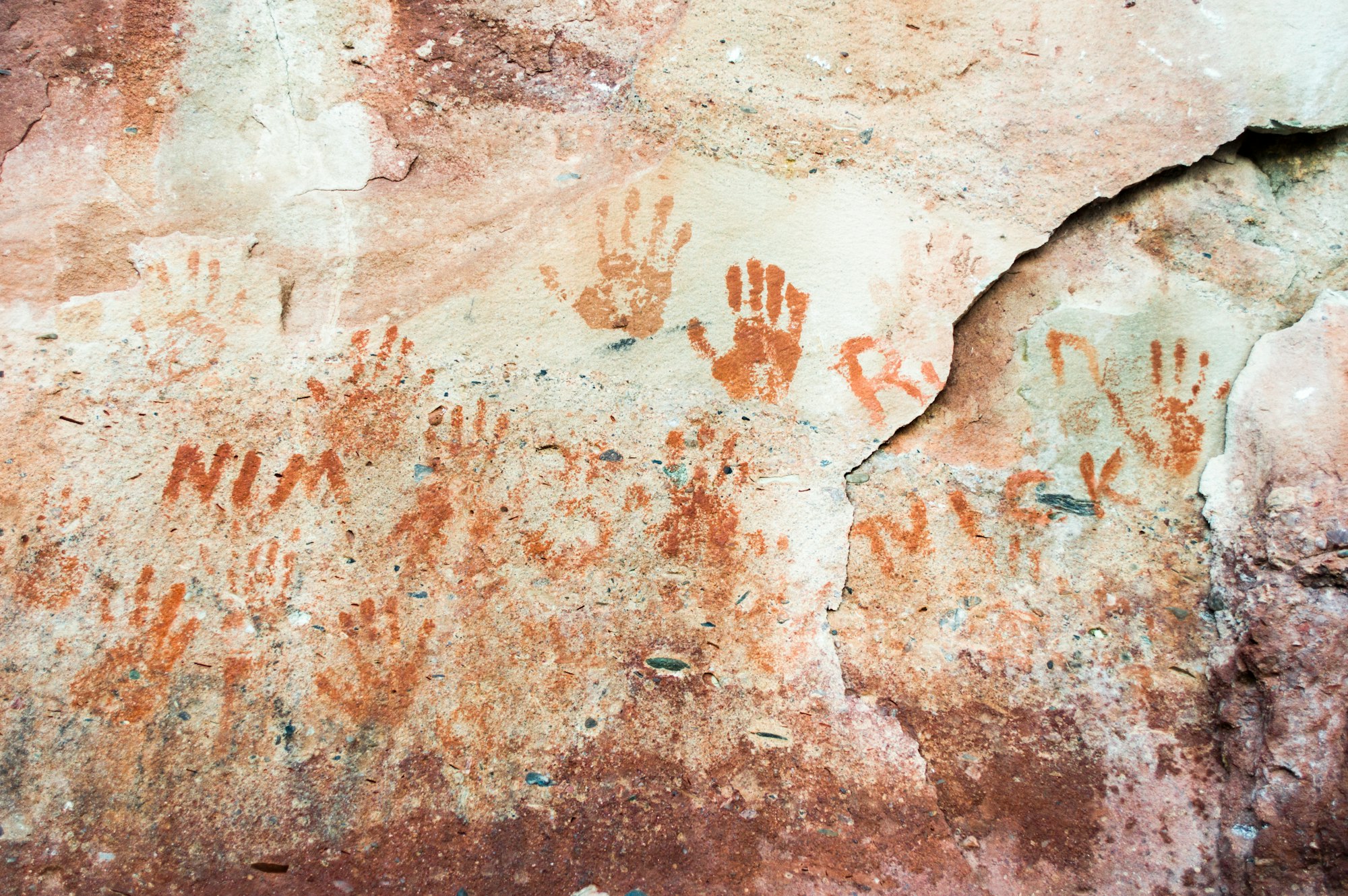
In the modern world, we often like to look back on our heritage – that is, our recent heritage. Sure, someone might descend from a certain culture or ethnic group, but that’s at the surface level of the human lineage. In this article, we will be looking back on true human heritage – not just one person, but for all of mankind.
The scientific name for our species is Homo sapiens sapiens, or “wise wise man” in Latin. We are the only extant species in the genus Homo, which contained a total of over a dozen extinct species over millions of years. The genus Homo is within a taxonomic tribe known as Hominini, which consists both of Homo and the genus Pan, containing two species – the chimpanzee and the bonobo, our closest nonhuman relatives. Zooming out even further, we see the tribe Hominini as part of the taxonomic family Hominidae, which comprises four genera – Homo, Pan, Pongo. This consists of the various species of orangutan – and Gorilla – which, as you might have guessed, comprises the two surviving gorilla species. Hominidae is part of the taxonomic order known simply as Primates, which of course includes mammals such as monkeys, lemurs, and the like. This order is precisely where our story begins.
The first true primates date back 45 to 40 million years ago, smack in the middle of the Eocene epoch. At this point, mammals were starting to become the dominant life forms on the planet, with the reign of flightless birds like Gastornis sarasini coming to an end. In the treetops, far above the reach of the monstrous birds, was Eosimias centennicus, one of the earliest recorded simiiformes – that is, primates that are classified as simians. These include monkeys and apes, such as ourselves. E. centennicus and its relatives were likely omnivores, foraging for edible plants and hunting any insects they could get their hands on. Thankfully for them, their recent ancestors had begun to develop opposable thumbs, allowing them to hold onto the bugs they could reach with a closed grip.
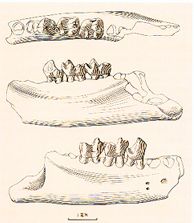
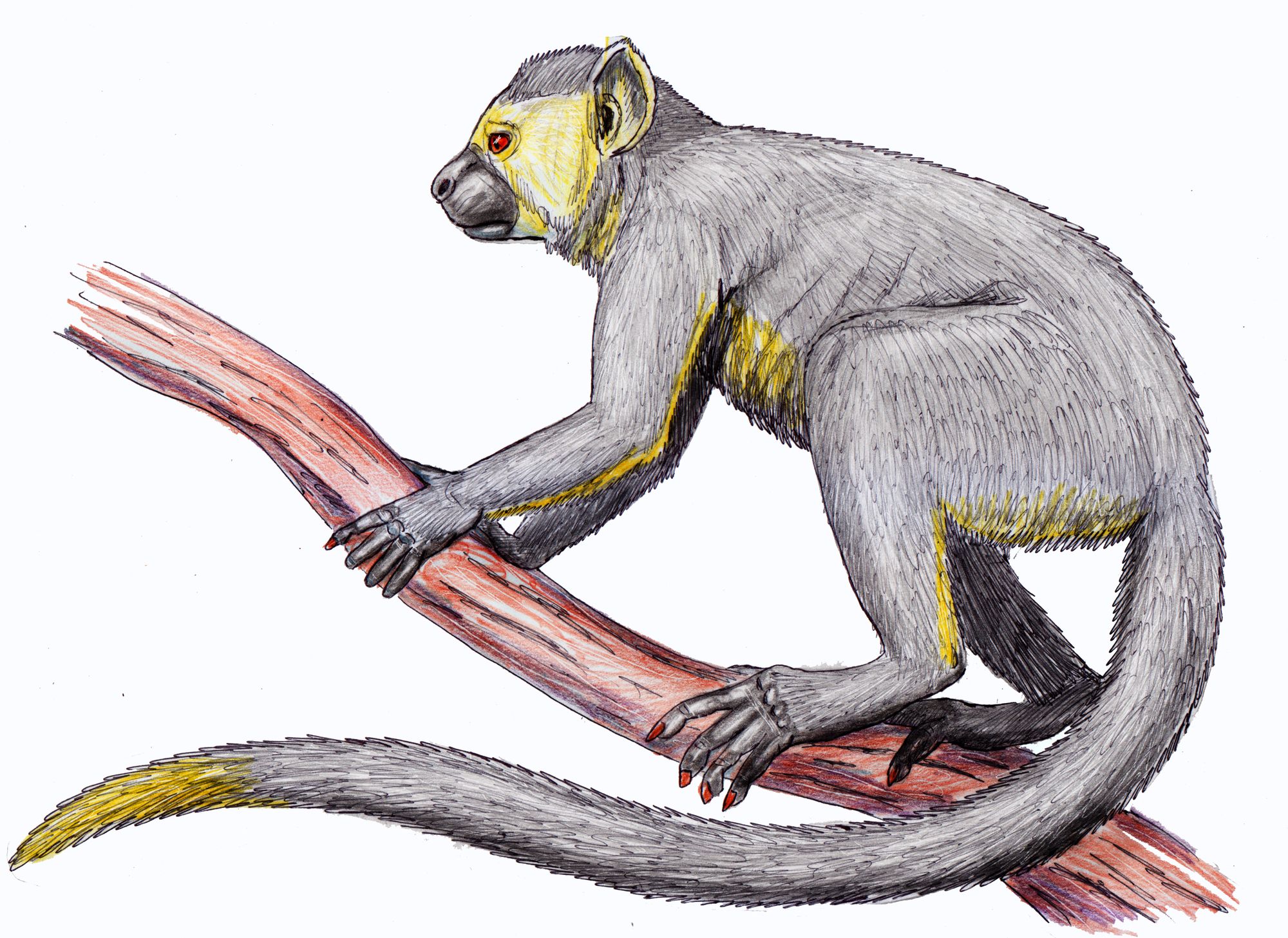
Around the 38-million year mark, in the Miocene Epoch, more recognizable primates emerged. One such primate, Aegyptopithecus zeuxis, was one of the first recorded catarrhines, or Old World monkeys. This diverse clade of primates first emerged in Africa, with species occupying every nook and cranny of the continent, including what eventually became the Sahara Desert. Early catarrhines such as Aegyptopithecus zeuxis would mark a milestone in primate evolution. Their eyes faced forward, and their opposable thumbs were far more developed than earlier simiiformes. They, like their ancestors, are thought to have been omnivorous, grabbing insects from the treetops and eating the fruits that grew among them.
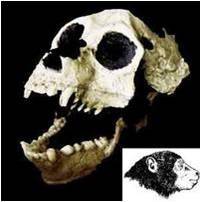
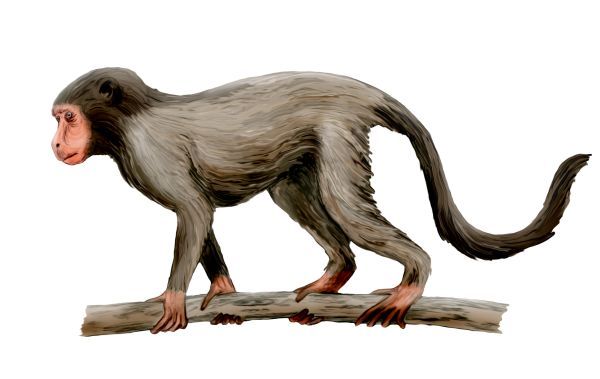
Later on in the Miocene, from 21 to 14 million years ago, the first tailless simians evolved. One such species, Proconsul africanus, is identified as one of the earliest species to diverge from the Old World monkeys and take on the ape-like characteristics that would later be passed down to the family Hylobatidae, which includes the various species of gibbon.
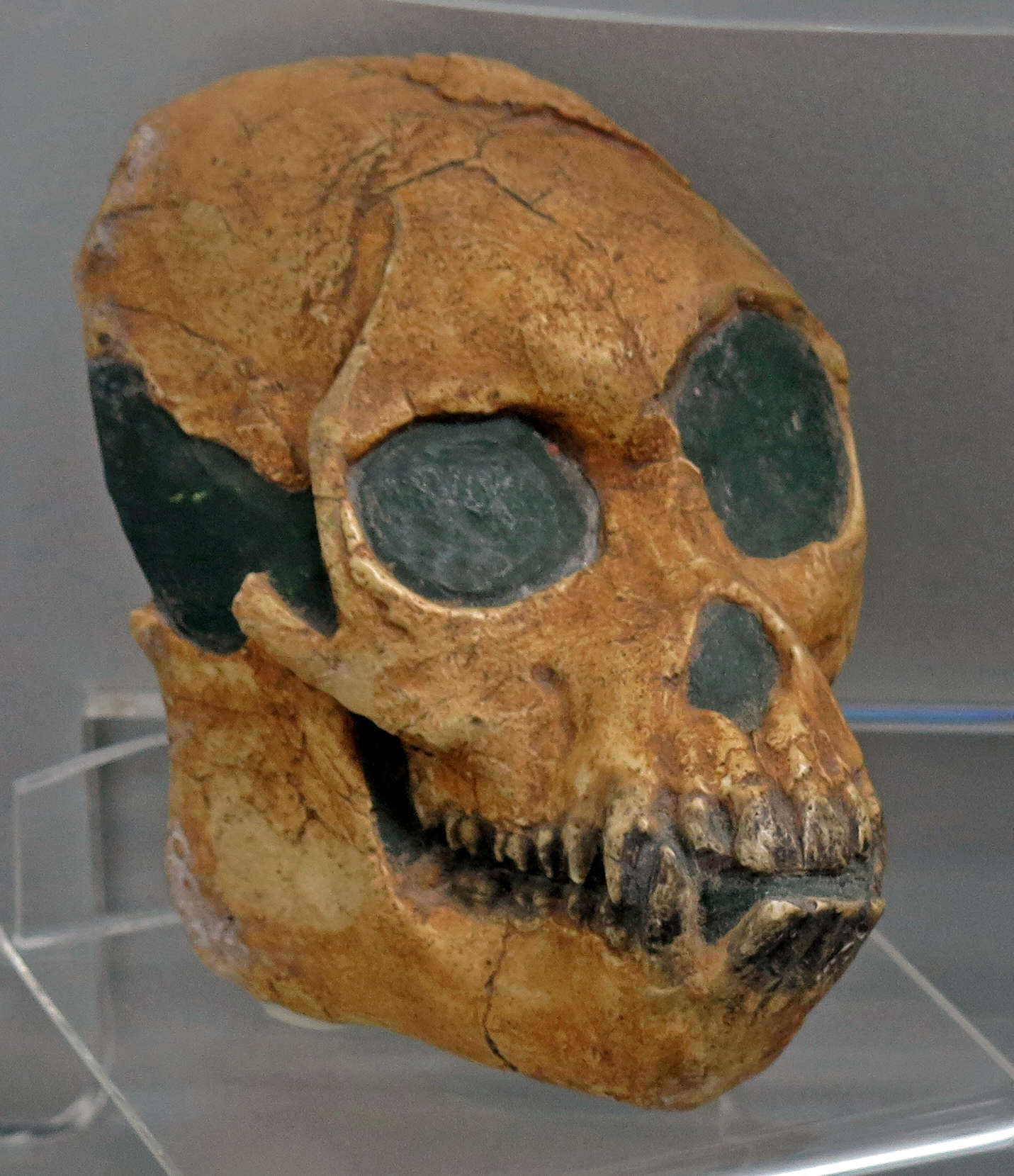

Roughly five to seven millions years ago, the aforementioned family Hominidae came into being. Consisting of the subfamilies Pongininae and Hominidae, the first great apes were some of the newest additions to the southern African ecosystem. Among them was Kenyapithecus wickeri, the first true great ape. It is distinguished by its jaw structure, which took on a more squared, human-like appearance. It is thought that the appearance of its larger molars allowed it to break down tougher foods like vegetables and carrion. From this, anthropologists have theorized that the Kenyapithecines were some of the first hominids to leave the treetops and live on the ground.
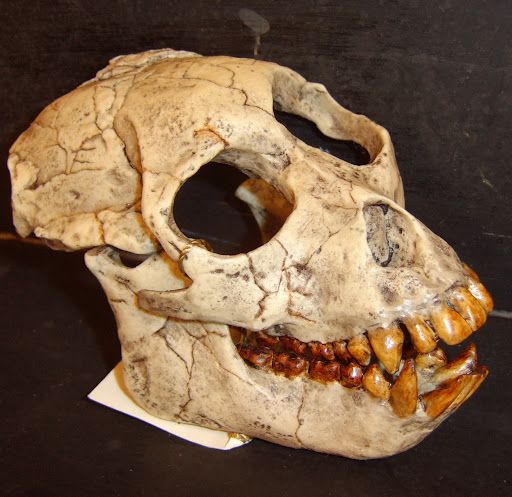
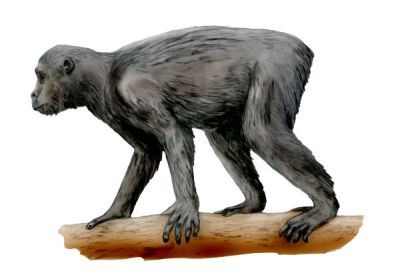
Two million years ago, a new clade of hominids began to flourish: the Australopithecines. The first major fossil was the discovery of the Taung Child, a fossilized skull of a young Australopithecus africanus, found in Taung, South Africa. Based on the facial structure of the Taung Child, researchers have found a distinct difference between its shape and that of earlier hominids. It was at a greater angle relative to the neck and torso, and was flatter and humanoid in appearance than its direct simian ancestors.
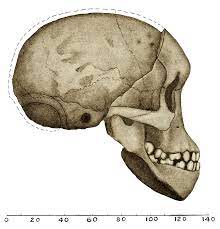
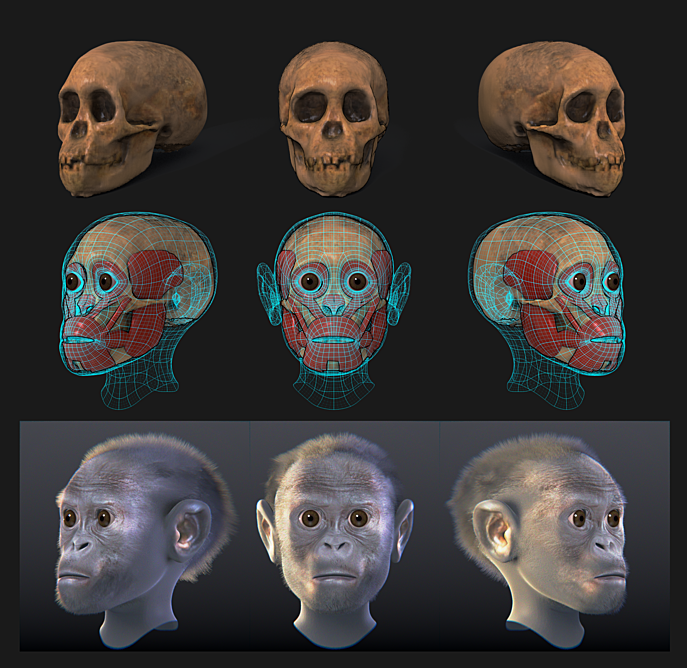
Further discoveries suggested that the Australopithecines were some of the first human ancestors to develop a more complex social structure. Evidence suggests that they developed a mutualistic, tribe-wide system within which adults cared for each and every child while others hunted and scavenged. This moment was yet another defining feature of human evolution. It was where we began to develop the social characteristics that make us who we are today.
As time went on, the Australopithecines diversified and gave rise to species such as Australopithecus afarensis. Fossils of the pelvis and femur suggest that this species had a more upright posture. Moreover, evidence suggests that this species was one of the first to develop sexual bimodality – that is, the sexual spectrum of the species diverged into two major categories of phenotypes, with more distinct differences in hip, torso, and facial features between andromorphic and gynomorphic sexes.
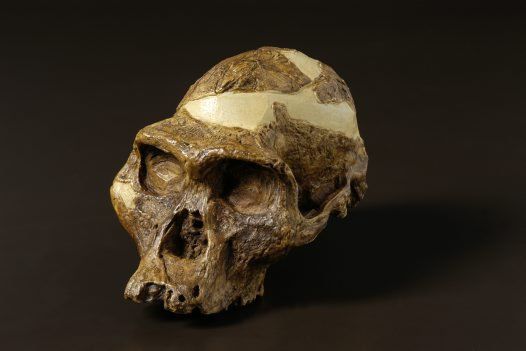
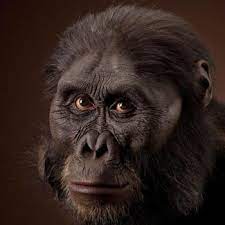
Fossils of Australopithecus afarensis also showed evidence of basic tool use, suggesting that it was this species that was the first to enter the Stone Age, as opposed to the more famous Homo habilis, which we will arrive at in a moment.
After the Australopithecines came the clade known as Paranthropus – which, as the name suggests, are quite similar to humans in their body plans. Consisting of four known species, these species diverged from the true Australopithecines between two and one million years ago, with far more distinct upright postures and further evidence of stone tools. They occupied the regions that now make up the country of South Africa, and soon they would give rise to the most recent hominid genus: Homo.
Homo habilis, or “handy man” in Latin, is thought to have been the first member of the genus, taking the spotlight as having used more advanced stone tools. Fossil records show evidence of distinct and intentionally-carved stones, usually made of flint or some related material. As would be expected, Homo habilis likely used these tools to hunt and defend themselves against more dangerous animals in their environment, such as early elephants like the Mastodons.
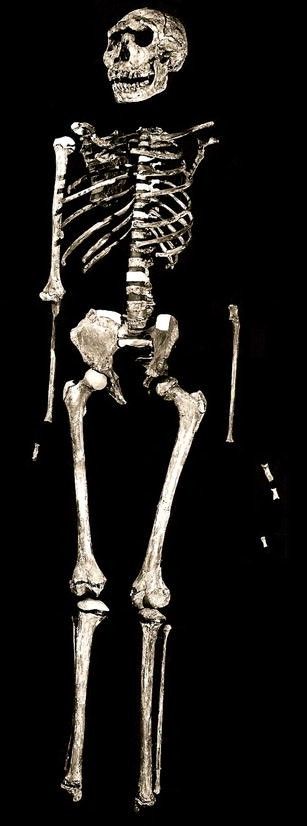
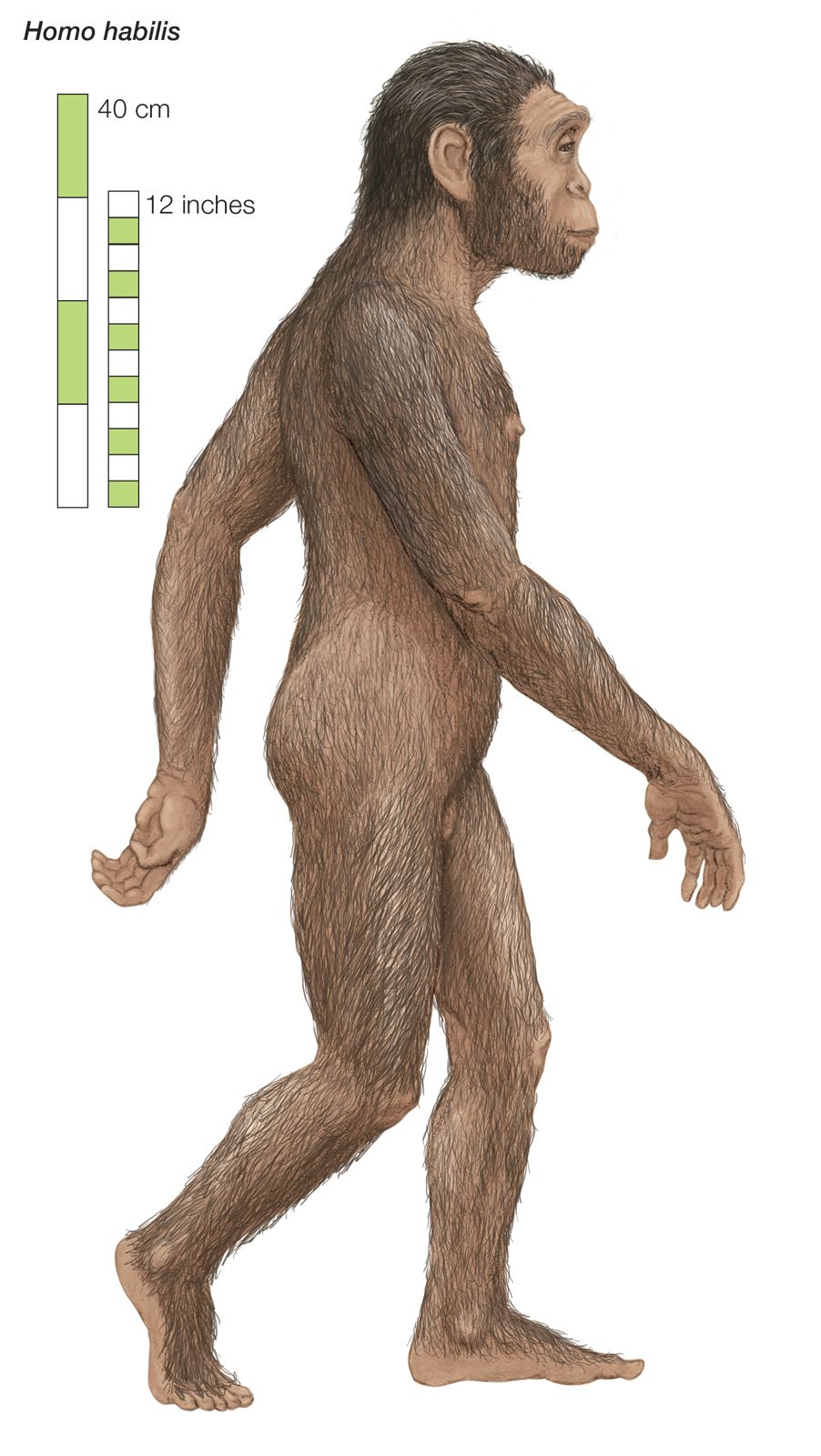
As we approach the modern age, the evolution of Homo erectus, or “upright man” in Latin, would mark the diaspora of human ancestors from Africa and into Eurasia. Homo erectus is thought to have diverged into separate subspecies – one in northern Africa, and one in Asia, more specifically western Asia. This diaspora would eventually give rise to more recent ancestors, such as the Neandersovans – a clade of four known species, including our own.
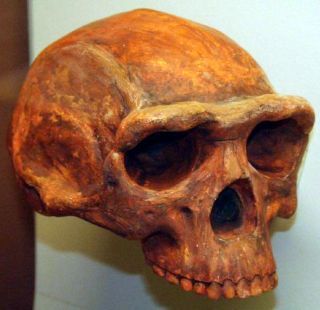
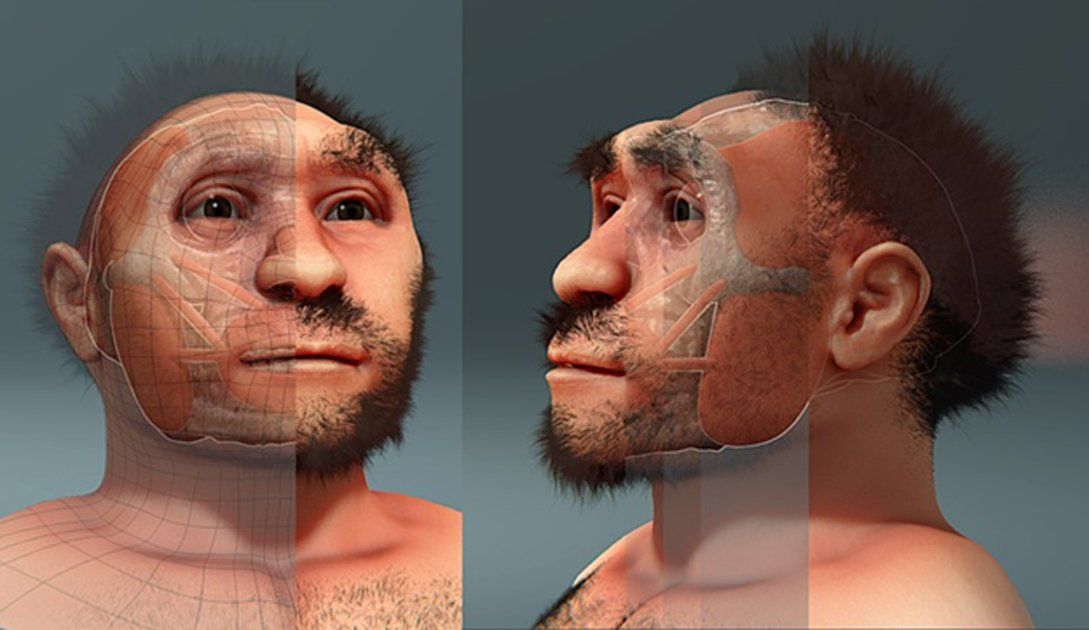
The Neandersovans consisted of Homo neanderthalensis – the Neanderthals, which occupied Europe for most of their species’ lifetime – and the Denisovans, who populated southeast Asia. The recently discovered Homo longi, or “dragon man” in Latin, is thought to be among the Denisovans in what is now China. Among these species was Homo sapiens, or “wise man” in Latin. This species was the direct ancestor to Homo sapiens sapiens, and fossil evidence suggests that their diaspora took them across most of Eurasia. There are various theories that attempt to explain their interactions with the Neanderthals and Denisovans, but the theory with the most evidence is that Homo sapiens interbred with its relatives, giving rise to the genetic diversity that ultimately set the stage for modern humans.
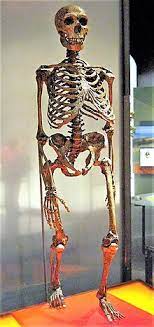

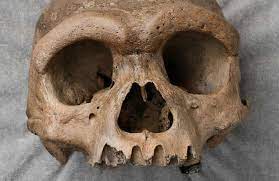
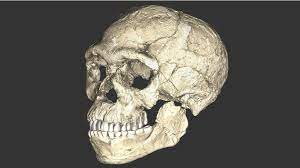
Roughly 200,000 years ago, we appeared – Homo sapiens sapiens. A hybrid of the four recorded Neandersovan species, we are not really a species at all. Rather, Homo sapiens sapiens is a sort of subspecies, having evolved from direct interactions between Homo sapiens and the other Neandersovans. Here we stand, the only surviving member of our genus.
If there’s anything we can take away from the story of our evolution, it’s this: Despite the nuanced and complex issues that have divided us for millennia, we are united by our innate humanity. As long as one of us is still alive and well, humanity will continue to reign on. We currently pose a threat not just to ourselves and our various nationalities, cultures, and ethnicities, but to the very existence of life on this planet. As time goes on and the crises that divide us grow ever more intricate, we must make the ultimate choice.
Will we fight on to preserve unity among Homo sapiens sapiens, or will we reunite with our hominid ancestors as fossilized remains?